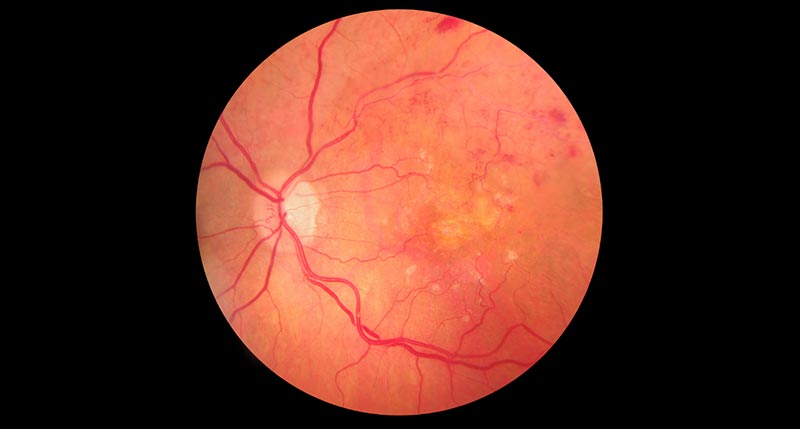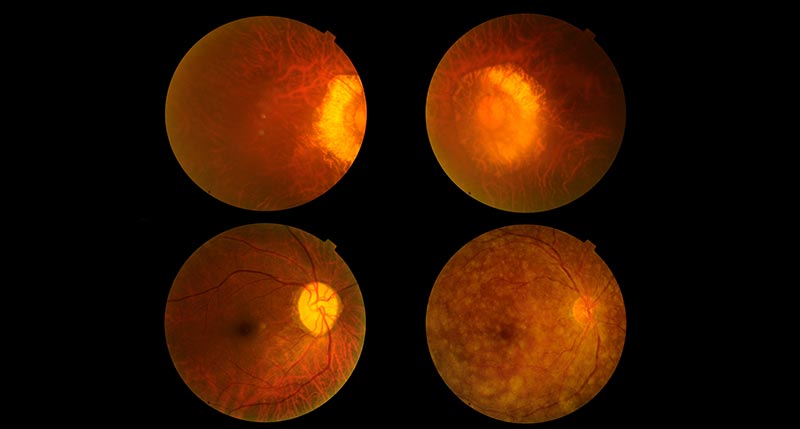Age-Related Macular Degeneration (AMD): What is it? Who’s at Risk?
February is Age-Related Macular Degeneration and Low Vision Awareness Month. As we age, there are increased risks that may cause us to lose visual acuity, which is a significant and noticeable loss since we rely on our eyes to sense about 80% of our surroundings.
Low vision, as defined by the World Health Organization, is measured as having less than 20/70 vision in our “better eye” when wearing the highest possible vision correction. Low vision can be caused by a number of diseases and conditions, including retinitis pigmentosa, diabetic retinopathy, amblyopia, traumatic brain injury, cataracts that are inoperable, age-related macular degeneration and glaucoma.
Let’s take a closer look at Age-related Macular Degeneration (AMD).
What is AMD?
The macula is the center of the retina—the light-sensitive membrane at the back of the eye that receives light images. It’s only 5 millimeters across ― less than ¼ inch ― but is responsible for our sharp, central vision and most of our ability to perceive colors and fine detail. As an example, if you’re looking at a phone or computer screen as you read these words, your macula is responsible for your ability to see this post with your sharp, central vision.
Unfortunately, as we age, the macula can begin to degenerate and cause a loss of vision right in the center of our visual field. AMD is a chronic eye disease that destroys our sharp, central vision and gets progressively worse with time.
AMD is the leading cause of vision impairment and legal blindness in Americans, affecting approximately 9.1 million Americans over age 40. Because it doesn’t impact the peripheral vision, it doesn’t cause total blindness, but it can make everyday activities like reading, watching tv or putting together a puzzle much more difficult, if not impossible.
What are the symptoms of AMD?
The condition isn’t painful physically, but losing one’s central vision can be devastating. The disease has different levels of progression depending on which specific type of AMD a patient has.
Symptoms and warning signs of AMD include:
- A loss of ability to see details in the center of your vision, such as people’s faces or words in a book
- Straight lines that appear to be wavy
- A decreased ability to see colors
- Empty or dark spots that are blocking the center of your visual field
- Difficulty seeing things at a distance
If you experience any of these symptoms, see your optometrist immediately. Though AMD is a chronic, progressive disease, if caught early, treatment may slow its progress in some cases.





